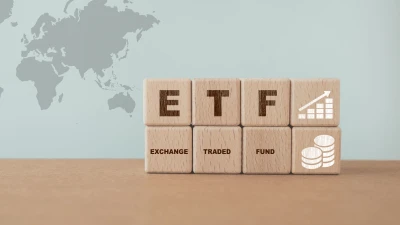Wraps perform in mixed markets


Despite some mixed fortunes, the Australian Masterfund market has grown by 3.3 per cent, with all the major companies except IOOF and Perpetual recording some growth in the 12 months to the end of March.
The latest Plan for Life data has revealed the total Masterfund market gained $13.9 billion or 3.3 per cent in the 12-month period, with inflows of $104.3 billion being significantly up on those for the previous 12-month period.
However, it said outflows had also risen to $94.3 billion.
The Plan For Life data confirmed the dominance of platforms in the Mastertrust space, accounting for 50.1 per cent of the total market with $217.5 billion in funds under management.
It showed that inflows into platforms ($41.3 billion) made up 39.6 per cent of all inflows, although significant outflows of $40.7 billion had also occurred.
It said four groups held over $20 billion in platform funds under management led by National Australia Bank/MLC ($49.4 billion) and Commonwealth Bank/Colonial First State ($48.9 billion).
The Plan for Life data said that wraps comprised 35 per cent of the total market accounting for $151.7 billion in funds under management.
It said inflows of $50.3 billion comprised 48.2 per cent of the total, while comparatively lower outflows of $44 billion gave wraps 63.1 per cent of net fund flows.
The Plan for Life data analysis said BT Financial, National Australia Bank/MLC and Macquarie were the leading players in the market, with BT Financial holding 21.4 per cent of funds under management.
Recommended for you
Two listing experts have shared tips for fund managers to consider when it comes to launching their first ETF on an exchange.
The Sydney-based boutique fund manager has listed its inaugural ETF on the ASX, based on an existing fund that provides exposure to mid-to-large growth companies.
Insurer TAL has announced it has taken a minority stake in investment manager Challenger.
Asset managers may be encouraged to diversify their product ranges and branch into the retail or intermediary market but, two consultants argue, they may find it more complicated and costly than they expect.














